Villains of this period have been not simply antagonists with a simplistic evil agenda. They grew to become extra complicated, with psychological depth and multifaceted motivations. The 90s villains usually had a private vendetta or a deep-seated grudge, which made their actions extra relatable and their characters extra participating.
This transformation may be attributed to the altering tastes of audiences and the evolving narrative kinds of Bollywood movies. Filmmakers started to discover darker themes and morally ambiguous characters, resulting in the creation of villains who have been each fascinating and formidable. These characters have been usually portrayed by a number of the most proficient actors of the time, who introduced a novel mix of charisma, menace, and depth to their roles.
The shift additionally marked the start of a extra refined strategy to villainy in Bollywood. Not like their predecessors, the villains of the 90s weren’t simply evil for the sake of being evil. That they had backstories, private conflicts, and sophisticated relationships with the protagonists. This transformation in portrayal added layers to the storytelling and allowed for extra nuanced and memorable antagonists.With a mix of menacing charisma, diabolical plans, and intense performances, these iconic villains of the 90s left an indelible mark on the business. By this function, we explores the unforgettable antagonists of that period, their influence on cinema, and the way their portrayal has developed over time.
Amrish Puri
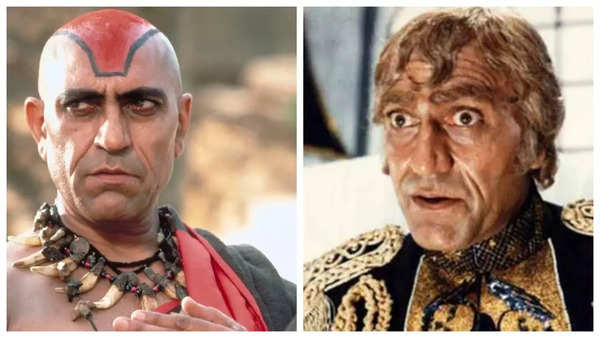
Amrish Puri is widely known as certainly one of Bollywood’s most iconic villains. His deep, commanding voice and formidable display presence made him an ideal match for a variety of villainous roles. Puri portrayed memorable characters such because the oppressive Thakur in ‘Karan Arjun’ and the sinister cult chief Mola Ram in ‘Indiana Jones and the Temple of Doom.’ Nonetheless, it was his function as Mogambo in ‘Mr India that really outlined his legacy. The character’s catchphrase, “Mogambo khush hua,” grew to become legendary, encapsulating Puri’s capacity to depart an enduring influence on audiences and solidifying his standing as a quintessential villain in Indian cinema.
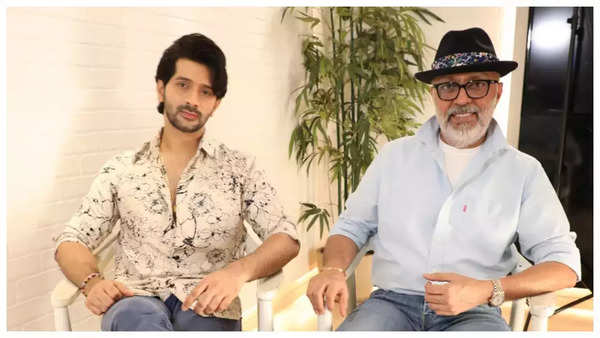
Whereas the legendary actor is not amongst us, we bought in contact along with his grandson Vardhaan Puri who grew up watching his grandfather in motion earlier than the digital camera. Talking extremely about him, the younger actor stated, “I do not assume he is solely essentially the most iconic villain, however I additionally imagine he is been one of the iconic character actors on this planet. What made him so profitable and related even at present is his conviction in each function. He by no means second-guessed himself. His conviction was paramount, and he would totally combine with the imaginative and prescient of the director, author, and filmmaker, changing into one with the character. That conviction is what made him so vital.”
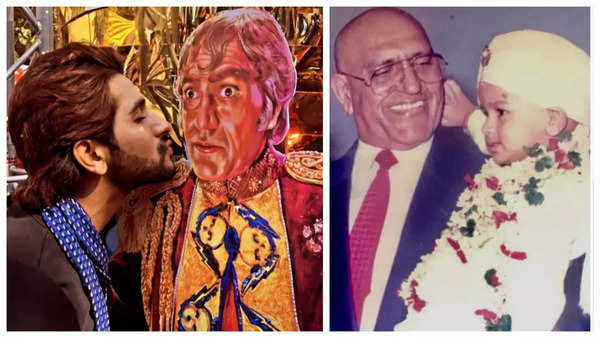
Shedding some gentle on the evolution of antagonists in Bollywood movies, Vardhaan shared, “The portrayal of villainous roles has been evolving. Earlier, villains was bigger than life and extra magnanimous. Now, they’ve turn out to be extra actual. The main target has shifted from them being grand figures making an attempt to dominate the world to changing into villains inside our personal households, inside our personal households. They’ve turn out to be extra nuanced, extra actual, and extra plausible. However I additionally actually miss that larger-than-life villain as a result of there was one thing magical about that. I feel that sort of villain is making a comeback, and that is implausible for our movie business.”
Remembering AMRISH PURI & His ICONIC Characters With Vardhan & Rajeev Puri | Gadar | Interview
Gulshan Grover
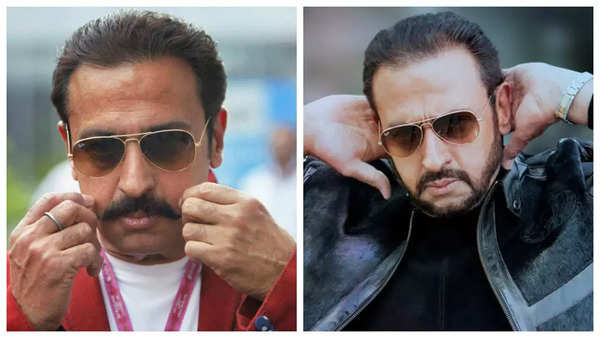
Gulshan Grover earned the nickname ‘Unhealthy Man’ as a consequence of his quite a few roles as a villain. Recognized for his versatility and distinctive fashion, Grover portrayed a variety of characters, from the suave, crafty Kesariya Vilayati in ‘Ram Lakhan’ to the psychopathic rapist in ‘Sadma.’ His portrayal usually included eccentric hairstyles and costumes, which made his characters stand out. Grover’s contribution to the portrayal of villains in Bollywood is marked by his capacity to combine menace with a contact of humor, making his roles memorable.
Shakti Kapoor
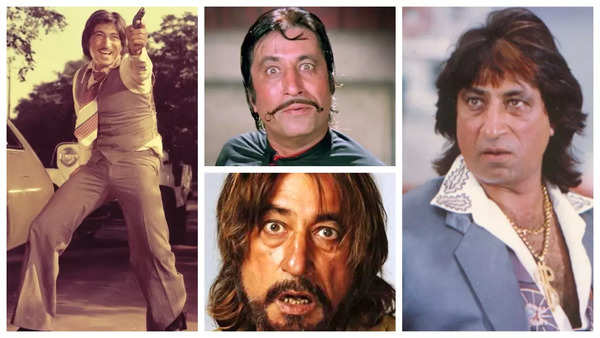
Shakti Kapoor’s profession within the 90s was a mix of villainy and comedy. Recognized for his roles in motion pictures like ‘Raja Babu’ and ‘Andaz Apna Apna,’ Kapoor usually performed the quintessential henchman or the primary villain’s comedic sidekick. His portrayal of the lecherous Crime Grasp Gogo in ‘Andaz Apna Apna’ grew to become iconic, showcasing his capacity to stability humor along with his historically villainous roles. Kapoor’s work from this period highlights the pattern of mixing villainy with comedy in Bollywood movies.
Reflecting on his roles as a villain within the 90s, the long-lasting star shared his ideas on the evolution of antagonists in Bollywood movies. He stated, “Now, we do not have iconic villains like we used to within the 90s. Again then, movies usually featured a hero, a heroine, a comic, a vamp, and a villain—every function was virtually obligatory. Now, issues have modified. A hero usually takes on the function of a villain, and the character’s backstory is explored, explaining why they grew to become a villain. Equally, roles historically seen as vamps are portrayed by heroines, and these characters usually have constructive features. Individuals nonetheless keep in mind the villains of the 90s vividly and miss them, however they may make a comeback.”
When requested what, in keeping with him, have been the important thing elements that made the villains of the 90s so memorable, Shakti added, “They possessed a sure mannerism and have been portrayed as larger-than-life figures. That they had distinctive getups and dialogues, establishing a novel class of their very own. The heroes within the movies have been usually afraid of them. In the long run, the hero would normally defeat the villain. The viewers would eagerly watch for the villain to seem and create the mandatory drama within the plot. I really feel like these iconic villains will return quickly, and as soon as once more, we’ll hear the hoots and claps in theaters for them, identical to earlier than.”
Danny Denzongpa
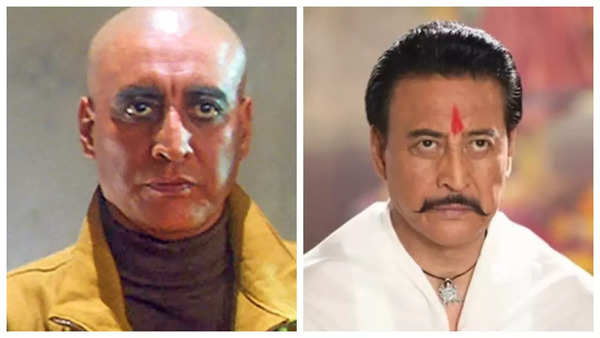
Danny Denzongpa was identified for his intense and sometimes chilling portrayals of villains. His efficiency as Kancha Cheena in “Agneepath” is likely one of the most memorable, that includes a personality who was each ruthless and complicated. Denzongpa’s roles usually concerned a nuanced portrayal of villainy, the place his characters weren’t simply evil but additionally had complicated motivations and backgrounds. His capacity to command the display with minimal dialogue and powerful facial expressions made him a standout villain of the period.
Ranjeet
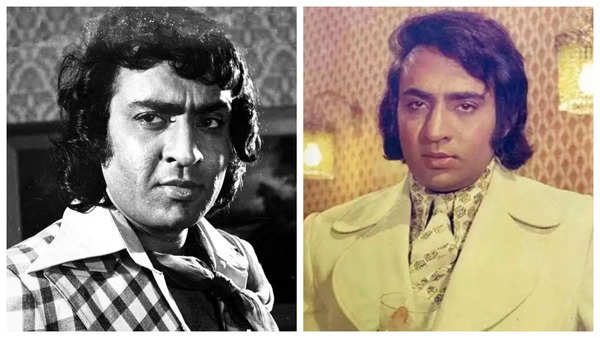
Ranjeet, usually typecast because the villainous henchman, grew to become infamous for his roles in movies like ‘Laawaris’ and ‘Namak Haraam.’ Recognized for enjoying morally corrupt characters, Ranjeet’s roles usually concerned violence and exploitation, making him one of the recognizable villains in Bollywood. His portrayal of unfavorable characters was marked by a particular fashion that mixed intimidation with a sure charisma, making him a fixture in Bollywood’s villain hierarchy.
Ashutosh Rana
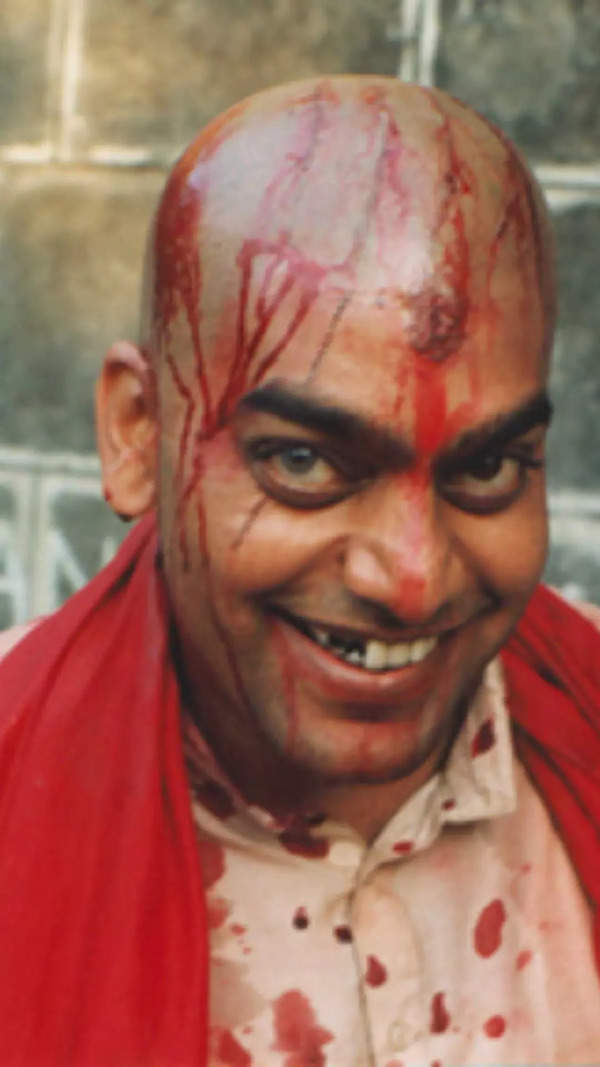
Ashutosh Rana’s entry into Bollywood villainy was marked by intense performances in movies like ‘Dushman’ and ‘Sangharsh.’ His portrayal of a psychopathic killer in ‘Dushman’ was notably lauded for its chilling realism. Rana’s capacity to carry a deep psychological layer to his characters set him aside from his contemporaries. His roles usually explored the darker features of human nature, making his portrayals deeply impactful and memorable.
Mukesh Rishi
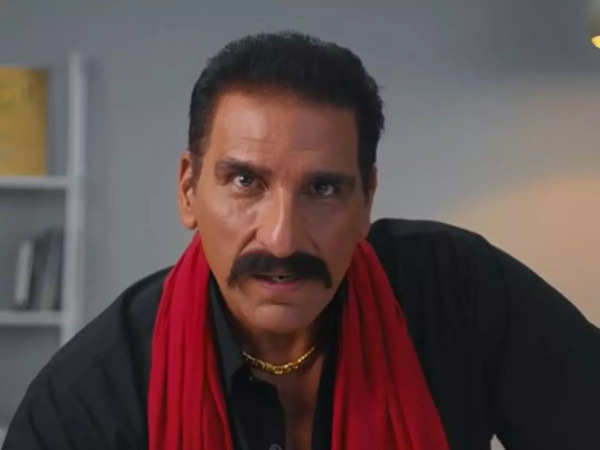
Mukesh Rishi grew to become identified for his roles because the quintessential robust man or the primary villain’s right-hand man. In movies like ‘Sarfarosh’ and ‘Gunda,’ Rishi usually performed characters that have been each menacing and sophisticated. His bodily presence and deep voice added to the menace of his roles, making him a well-liked selection for villainous components within the 90s.
Ashish Vidyarthi
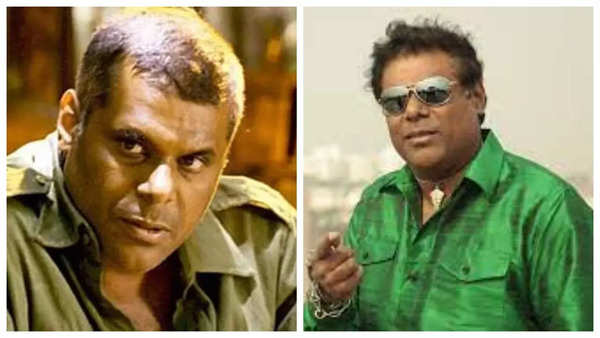
Ashish Vidyarthi is understood for his nuanced portrayal of unfavorable roles. In movies like ‘Is Raat Ki Subah Nahin’ and ‘Baazi,’ Vidyarthi introduced a depth to his characters that made them extra than simply one-dimensional villains. His performances usually included a mix of intelligence and malevolence, making his roles stand out within the style of Bollywood villains.
Key variations from the 90s period:
Essentially the most notable distinction between 90s villains and at present’s antagonists is the shift in the direction of complexity and relatability. Whereas 90s villains like Amrish Puri’s Mogambo or Gulshan Grover’s many iconic roles have been larger-than-life and sometimes caricatured, fashionable villains are portrayed with shades of gray, reflecting real-world complexities.
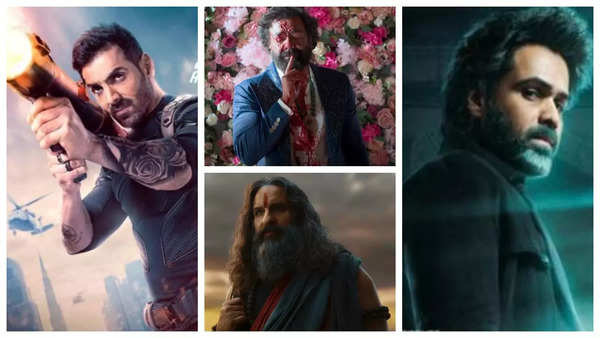
This evolution mirrors adjustments in society and storytelling, the place audiences more and more demand characters that aren’t simply evil however are additionally comprehensible and, at instances, sympathetic. The pattern in the direction of anti-heroes and morally ambiguous characters additionally displays this variation, as seen in Shah Rukh Khan’s roles in movies like “Darr” and “Anjaam,” which paved the way in which for at present’s nuanced portrayals.
New age villains:
John Abraham as Jim in ‘Pathaan’
John Abraham’s portrayal of Jim in ‘Pathaan’ marked a big shift from the stereotypical villain. As a former soldier turned antagonist, Jim is complicated and layered, pushed by private vendettas somewhat than mere greed or energy. His efficiency added depth to the character, making the viewers each perceive and despise him.
Saif Ali Khan as Lankesh in ‘Adipurush’
Saif Ali Khan’s function as Lankesh (Ravana) in ‘Adipurush’ showcased a mix of conventional villainy with fashionable complexity. Regardless of the movie’s combined reception, Khan’s efficiency as a multifaceted antagonist introduced a contemporary tackle the age-old mythological character, exploring his vulnerabilities and motivations past the archetype of evil.
Emraan Hashmi as Aatish in ‘Tiger 3’
Emraan Hashmi’s character Aatish in ‘Tiger 3’ represents a brand new sort of antagonist in Bollywood—rooted in real-world points and fashionable geopolitics. As a Pakistani agent, Aatish’s character blurs the strains between hero and villain, embodying the complexities of world conflicts and private loyalties.
Bobby Deol as Abrar in ‘Animal’
Bobby Deol’s function as Abrar in ‘Animal’ highlighted the pattern of villains with robust backstories and private motives. Abrar’s character, along with his bodily prowess and silent menace, stood out as a formidable presence, illustrating the shift in the direction of extra refined and internalized types of villainy.
Kumud Mishra as Suraj Singh in ‘Lust Tales 2’
Kumud Mishra’s portrayal of Suraj Singh, a morally corrupt and abusive character in ‘Lust Tales 2,’ displays the pattern of villains who’re disturbingly real looking. Such portrayals problem audiences to confront uncomfortable truths about society, shifting away from the black-and-white morality of earlier many years.
Finish be aware:
The portrayal of villains in Bollywood has undergone a big transformation from the Nineteen Nineties to the current day. The 90s period, characterised by iconic villains like Amrish Puri’s Mogambo and Gulshan Grover’s ‘Unhealthy Man,’ was marked by clear-cut antagonists who embodied evil in exaggerated, larger-than-life varieties. These characters have been important in offering an ethical distinction to the heroes, usually depicted with flamboyant costumes and memorable catchphrases.
In distinction, at present’s Bollywood villains are extra nuanced and multi-dimensional. They usually possess complicated backstories and motivations, blurring the strains between good and evil. This shift displays a broader pattern in storytelling and viewers preferences, the place characters are more and more anticipated to be relatable and multifaceted. Trendy antagonists, corresponding to these portrayed by John Abraham, Saif Ali Khan, and Emraan Hashmi, usually grapple with private dilemmas and societal points, making them extra real looking and, at instances, sympathetic.
This evolution highlights Bollywood’s rising maturity in character growth, shifting away from simplistic ethical dichotomies to discover the gray areas of human habits. As society turns into extra complicated, so do its cinematic representations, mirroring real-world complexities and difficult audiences to rethink conventional notions of heroism and villainy.
Total, the transition from the archetypal villains of the 90s to the intricate characters seen at present marks a big shift in Bollywood’s narrative panorama, reflecting altering societal values and the business’s adaptation to modern storytelling calls for.



